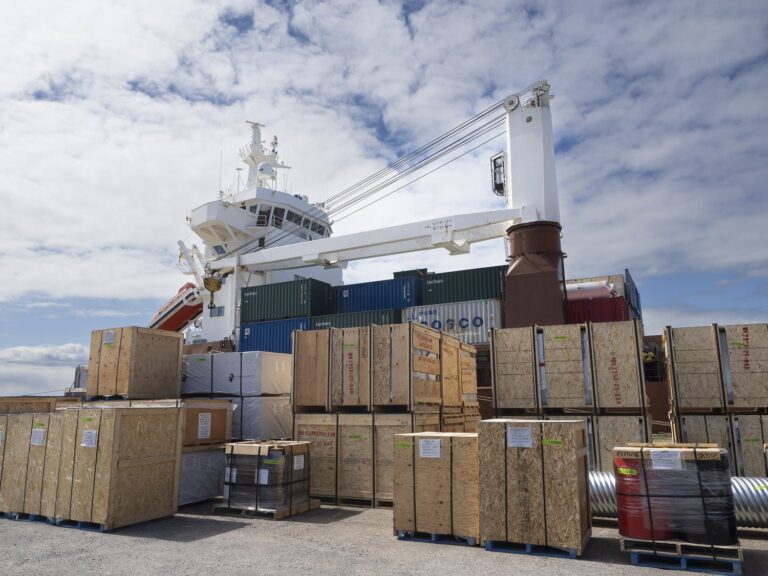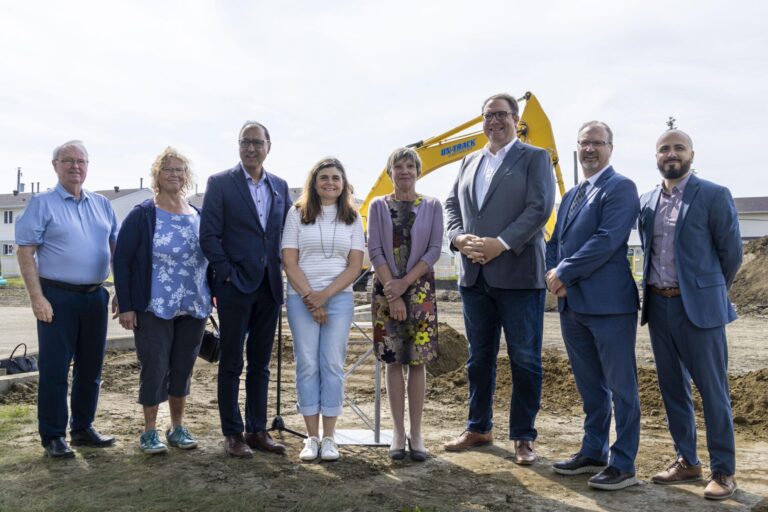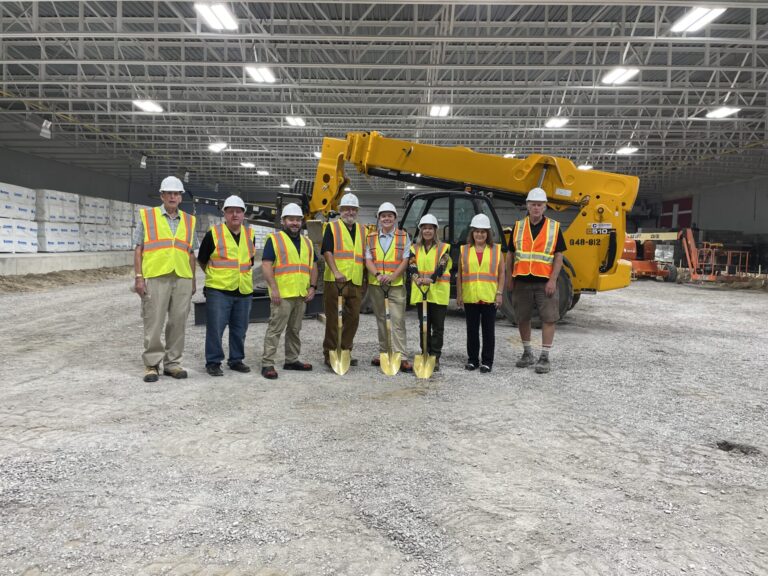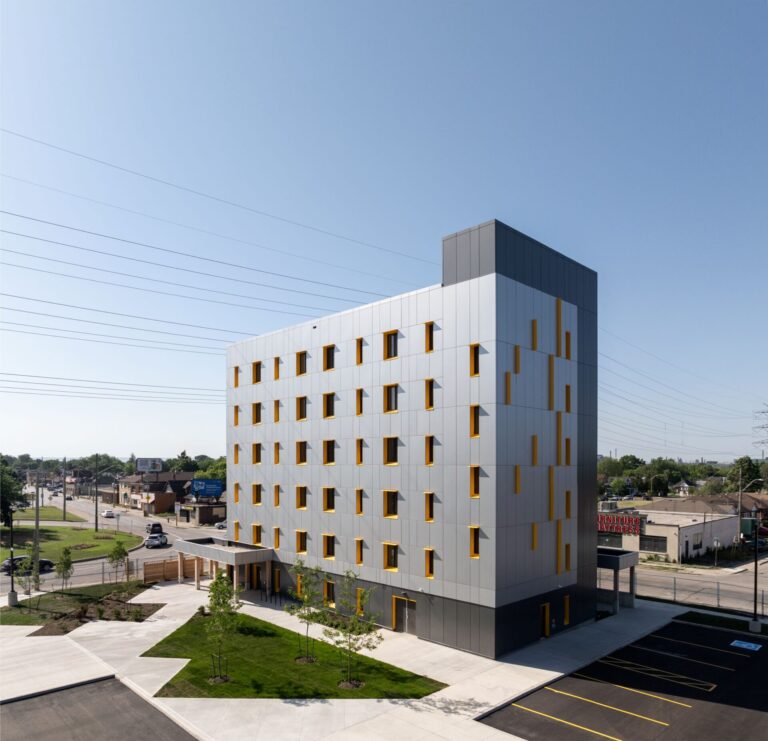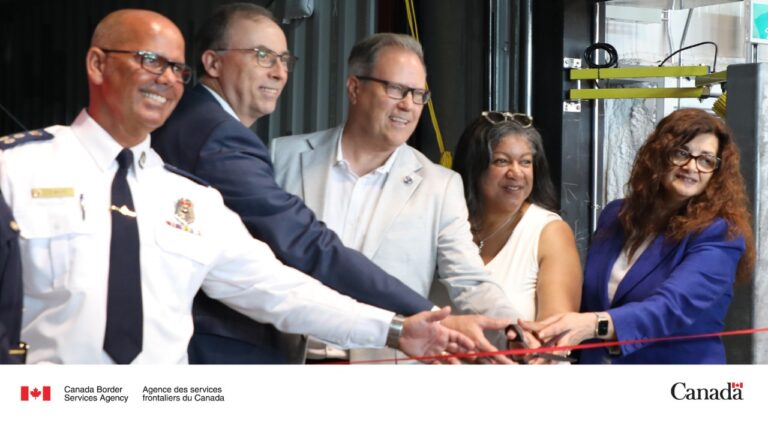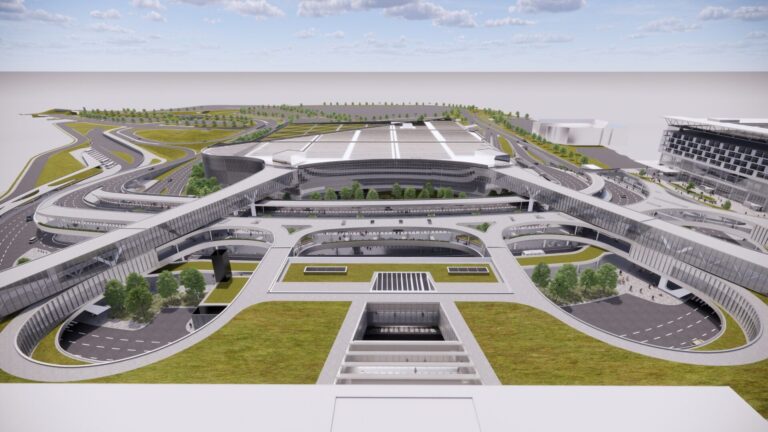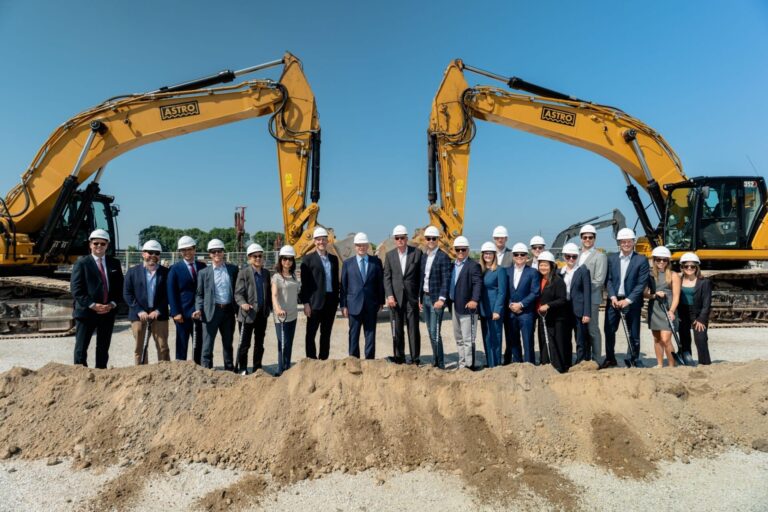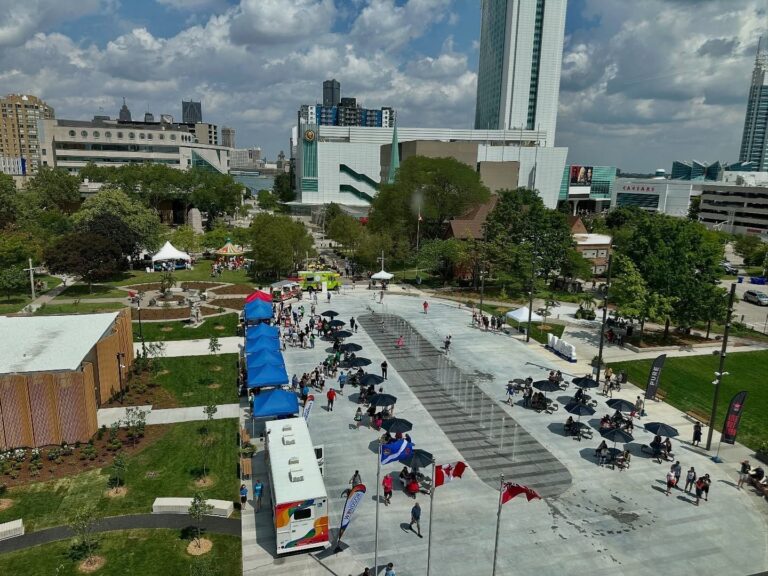As motorists and governments struggle to deal with worsening traffic jams, a new report, Congestion Solutions, released by the Canadian Automobile Association (CAA), identifies multiple ways to ease the gridlock on our roadways.
“This report shows there are many ways we can act to relieve traffic congestion,” said Jeff Walker, chief strategy officer at CAA National. “Canada’s worst bottlenecks increase commute times by as much as 50 per cent and costs us hundreds of millions of dollars in wasted time and fuel every year, not to mention the environmental effects. CAA wanted to provide decision-makers at all levels with a range of ways, big and small, to reduce congestion.”
The CAA commissioned CPCS, a Canadian-based international transportation consulting firm, to examine ways to ease congestion. The report is a follow-up to “Grinding to a Halt, Evaluating Canada’s Worst Bottlenecks”, released in 2017, which showed that Canada’s worst bottlenecks are as serious as those in major U.S. cities such as New York and Los Angeles. Beyond the lost time and productivity, Canadians burn an extra 287 million litres of fuel per year stuck in these bottlenecks, generating an additional 58 million kg of CO2 emissions.
Congestions Solutions finds that on a global scale, Canada performs only in the middle of the pack in acting to reduce congestion. The report identifies innovative tools and technologies to relieve bottlenecks used in other countries, and in some cases within Canada, that could be implemented more broadly.
What are the top three things that governments, private sector and Canadians can do to help relieve traffic congestion?
Low Hanging Fruit: The biggest impact at the lowest cost would come from making our existing roadways work better. These smaller, easier-to-manage solutions include re-timing traffic lights, better managing the response to breakdowns and collisions, implementing speed limits that adjust to traffic flow, and regulating the volume of traffic entering highways.
Better Information for Better Decisions: It is remarkable how little public information is available in Canada on innovative solutions to address urban congestion. The Government of Canada or the Council of Ministers of Transportation could play a useful role in identifying and sharing good practices.
Focusing Infrastructure Dollars on the Worst Bottlenecks: Dollars spent on the worst choke points are dollars best spent. Beyond that, urban congestion can also be combatted through investments in ride-sharing, carpooling, bike sharing and bicycle infrastructure. These are all relatively low-cost solutions that can help relieve roadside congestion.
An Executive Summary and related research are available on the CAA website.



